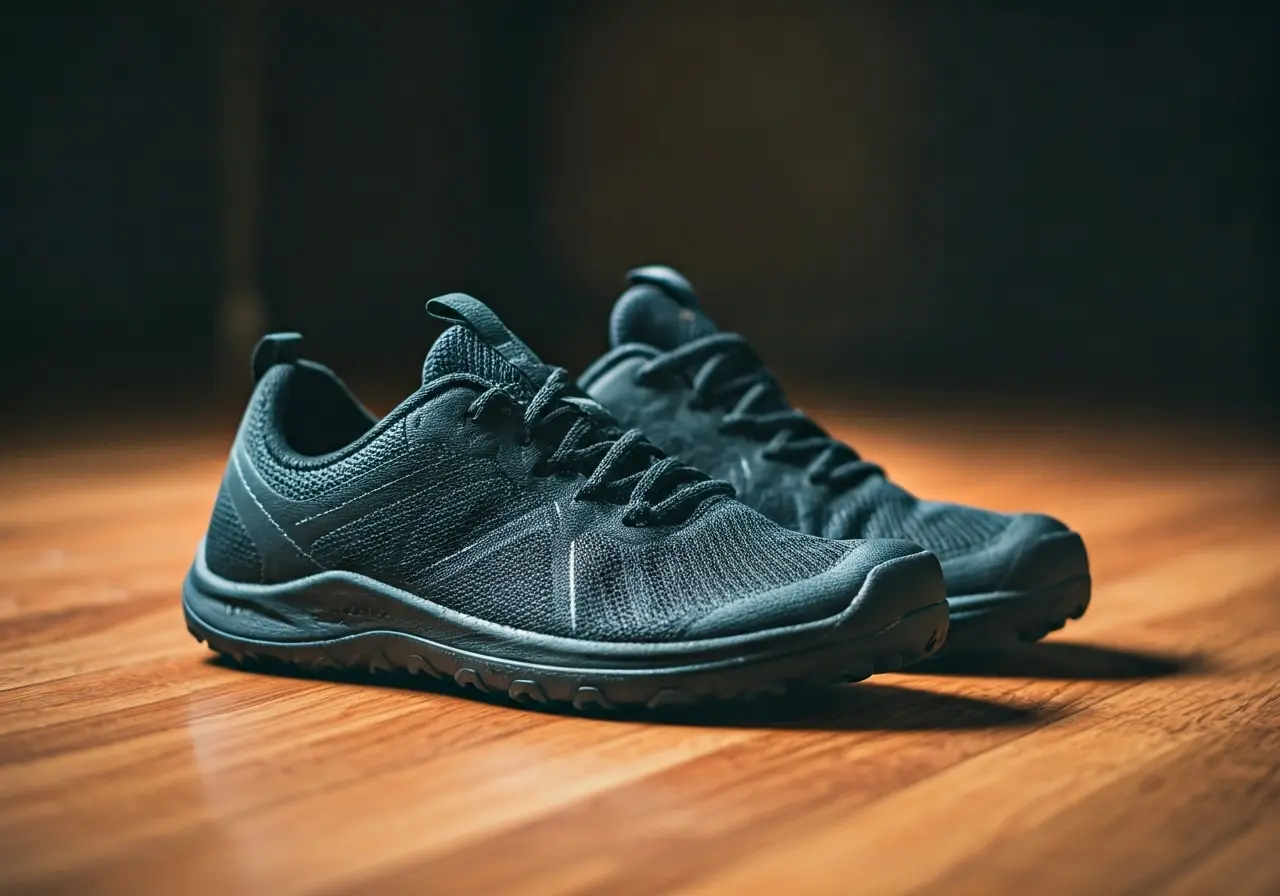
Are Minimalist Hiking Shoes Suitable for Everyday Use?
Minimalist hiking shoes have become a popular choice for those seeking comfort and natural movement. But are they the right choice for everyday wear? In this FAQ blog, we’ll explore the suitability of minimalist hiking shoes for daily use and help you decide if they can fit into your lifestyle.
What Are Minimalist Hiking Shoes?
Minimalist hiking shoes are designed to provide a lightweight, flexible experience, mimicking the natural mechanics of walking barefoot. They often feature minimal cushioning, a low heel-to-toe drop, and a wider toe box.
A distinctive trait of minimalist hiking shoes is their simple construction, which encourages the feet to move naturally and strengthen over time. This design shift appeals to those who enjoy a more down-to-earth connection with nature while hiking or wandering through urban landscapes.
Benefits of Minimalist Hiking Shoes
These shoes offer increased flexibility, natural foot movement, and enhanced sensory feedback. They can strengthen foot muscles and improve balance over time, making them appealing for both hiking and daily activities.
For individuals seeking to incorporate barefoot movement into their lives, minimalist shoes are a fantastic companion. They promote proper posture by encouraging a mid-foot strike, which can reduce joint impact and enhance overall body alignment.
Moreover, minimalist hiking shoes can foster a heightened sense of awareness. As you feel the contours of the ground beneath your feet, your connection to the environment around you deepens, whether you’re exploring rugged trails or navigating city streets.
Considerations for Daily Wear
While minimalist hiking shoes have many perks, they might not provide enough support for everyone. People with certain foot conditions or those not used to minimalist footwear may need time to adjust or might prefer more supportive shoes for extended use.
Transitioning to minimalist shoes requires patience and a gradual adaptation period. For those accustomed to traditional footwear, starting with short periods of wear can help your feet acclimate, reducing the risk of discomfort or injury.
It’s also important to note that different surfaces can impact wearability. While minimalist shoes excel on soft trails or grassy fields, they may be less forgiving on hard pavements or rugged rocky terrain, which can lead to discomfort for those unaccustomed to less cushioned soles.
Choosing the Right Pair for Everyday Use
When selecting minimalist hiking shoes for daily wear, consider the type of terrain you encounter, the level of cushioning you prefer, and how much foot support you need. Trying them on and spending time adjusting is essential to finding the best fit.
Evaluate features such as breathability and durability. For everyday wear, a shoe that accommodates various weather conditions and provides longevity will offer greater value.
Additionally, consider consulting a specialist for tailored recommendations based on your foot type and walking habits. Knowing your unique needs will guide you toward the right choice that blends comfort with functionality.
Final Thoughts on Everyday Use of Minimalist Hiking Shoes
While minimalist hiking shoes offer numerous benefits like flexibility and comfort, their suitability for everyday use depends on individual preferences and needs. It’s important to assess your activities, support requirements, and personal comfort to make the best choice for your footwear.
- Choosing a selection results in a full page refresh.
!


























































